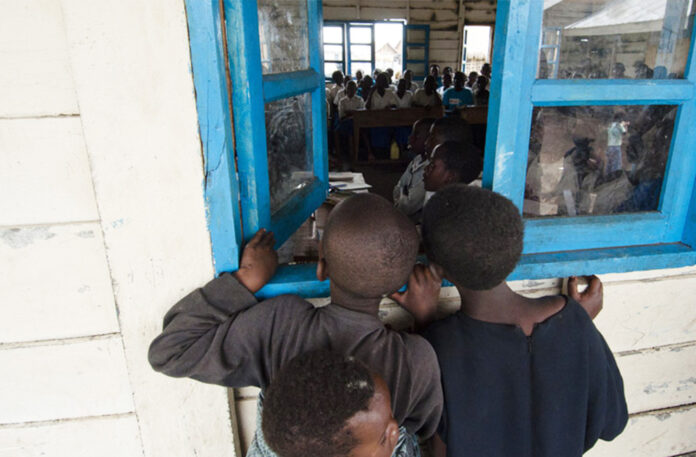Nigeria now has 20 million out-of-school children – UNESCO
The latest global data of out-of-school children in Nigeria by the United Nations Educational, Scientific and Cultural Organisation (UNESCO) is about 20 million.
UNESCO announced the figures in a statement issued on Thursday by a media specialist, Dafalia Dimitra, with the Global Education Monitoring Report (GEM), which is developed by an independent team and published by the organisation.
According to UNESCO, a new and improved methodology was used to arrive at the latest figures and there are “244 million children and youth between the ages of 6 and 18 worldwide (who) are still out of school.”
READ ALSO: Nigeria, 43 other countries turn down UN’s free education initiative
The statistics revealed that India, Nigeria and Pakistan have the highest figures for out-of-school children globally.
The global organisation said the team developing the report “has the official mandate of monitoring progress in meeting the Sustainable Development Goal on education, SDG 4.”
The statement reads in part; “The new estimates, published online by the UNESCO Institute for Statistics (UIS) and the Global Education Monitoring (GEM) Report, show that sub-Saharan Africa remains the region with the most children and youth out of school with 98 million children and young people excluded from education. It is also the only region where this number is increasing; out-of-school rates are falling more slowly than the rate at which the school-age population is growing.
“The region with the second highest out-of-school population is Central and Southern Asia with 85 million. The top three countries with the most children and youth excluded from education are India, Nigeria and Pakistan.”
According to the Director of the UNESCO Institute for Statistics, Silvia Montoya, efficient use of the available data is important to address the gaps towards achieving the fourth goal of the SDGs.
“UNESCO has long underscored the need to make more efficient use of the data we have. That’s why we’ve brought together administrative data with information from surveys and censuses. By using multiple data sources, gaps are filled, data trends are smoothed, and we can draw consistent time series,” the official said.
Follow the Neptune Prime channel on WhatsApp: https://whatsapp.com/channel/0029Va74ZvU2v1IqKByXoX3d
Do you have breaking news, interview request, opinion, suggestion, or want your event covered? Email us at neptuneprime2233@gmail.com


